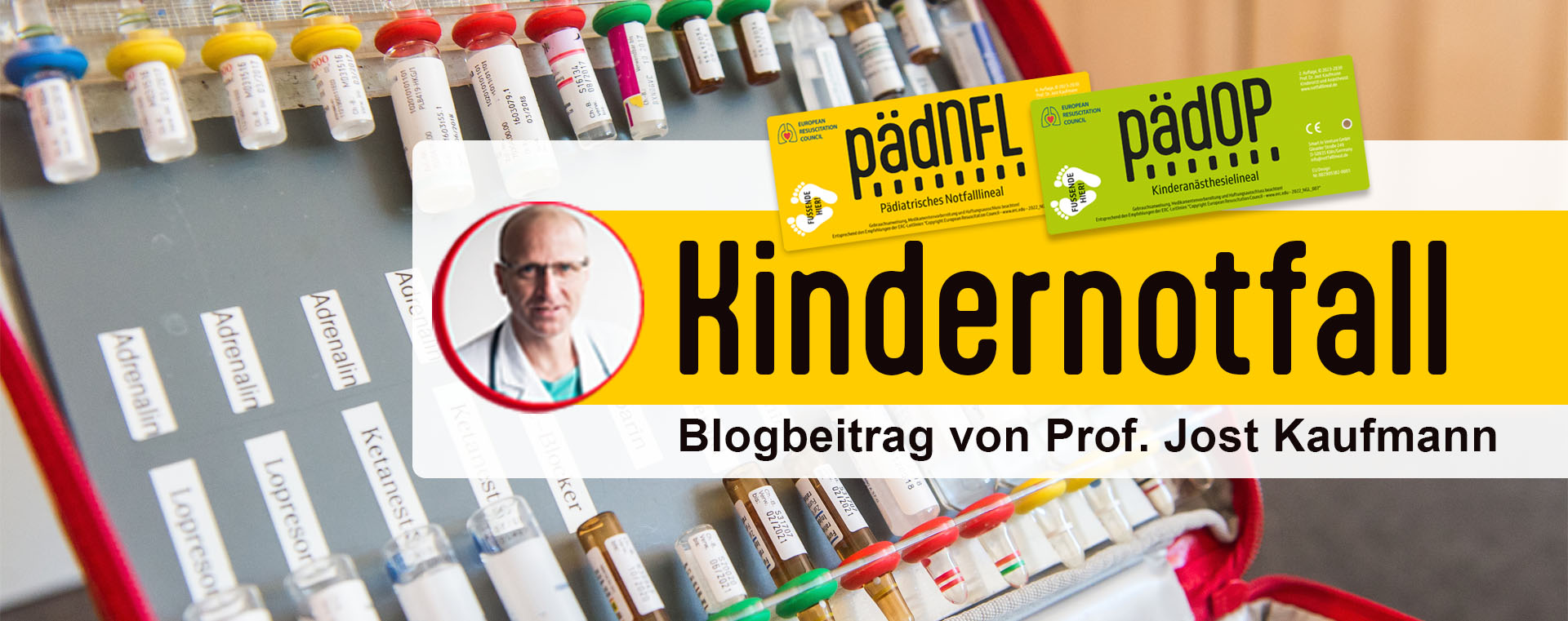April 18, 2023
Lidocaine – unsuitable and dangerous as an analgesic!
Lidocaine has also gained some popularity as an analgesic in pediatric medicine, although there is no scientific basis for this. At the outset, a very important observation: the therapeutic range of lidocaine is very narrow.
Misinformation through video
While therapeutic plasma concentrations are 2.5-3.5 mcg/ml, toxicity must be expected at 5 mcg/ml [1]. This means that with this drug in particular, dosing errors are very dangerous. As in the fatal case of a seven-month-old infant who was given lidocaine in an intraosseous needle(go here to Focus article).
It is particularly tragic that the desired analgesia for drug administration via an intraosseous needle cannot be achieved with it, as clinical everyday life in the children’s hospital shows. The reason for the popularity of this practice was probably a video published by the “New England Journal of Medicine” in 2011 [2]. Even in the same issue of NEJM [3], it was pointed out that there was no evidence for the efficacy described here.
Nevertheless, the European Resucitation Council guidelines [4] and a German S1 guideline recommend analgesia with lidocaine for intraosseous needles [5]. Both also offer no evidence of efficacy, which remains absent to this day. This is also stated by the Drug Commission of the German Medical Association (AkdÄ), which literally writes the following in the German Medical Journal (and thus has a duty of care for the German medical profession!) [6]: “In the opinion of the AkdÄ, the concept of intraosseous pretreatment with lidocaine to avoid pain before intraosseous administration of drugs and volume replacement in pediatric patients should be rejected, as the active substance can be dangerous due to its unpredictable systemic effect. There are also alternatives to pain therapy with opioids such as morphine or fentanyl.” It is to be hoped that the guidelines mentioned will receive an erratum and be corrected as quickly as possible!
Ineffective and potentially life-threatening!
It has also not been shown to be effective as a systemic analgesic when administered intravenously – again, there are safety concerns [1,7]. The only indication for lidocaine in pediatric emergency medicine is for severe ventricular arrhythmias with i.v. administration of 1 mg/kg bw as an alternative to amiodarone “if the user is experienced in its use” [4].
Therefore, the Pediatric Emergency Use Guide (PädNFL) only specifies this exact use for lidocaine. Safety is often also knowing what NOT to do!
Literature:
- Hall EA, Sauer HE, Davis MS et al. Lidocaine Infusions for Pain Management in Pediatrics. Paediatric drugs 2021; 23: 349-359, DOI: 10.1007/s40272-021-00454-2.
- Nagler J, Krauss B. Intraosseous Catheter Placement in Children. New England Journal of Medicine 2011; 364: e14, DOI: 10.1056/NEJMvcm0900916.
- Thim T, Lofgren B, Grove EL. Intraosseous catheter placement in children. N Engl J Med 2011; 364: 2171; author reply 2171, DOI: 10.1056/NEJMc1103310#SA1.
- Van de Voorde P, Turner NM, Djakow J et al. European Resuscitation Council Guidelines 2021: Paediatric Life Support. Resuscitation 2021; 161: 327-387, DOI: 10.1016/j.resuscitation.2021.02.015.
- Helm M, Bernhard M, Böttiger BW et al. S1 Guideline: The intraosseous infusion in emergency medicine. Anaesthesiol Intensivmed 2018; 59: 667-677,
- AkdÄ. “From the UAW Database” Intraosseous administration of lidocaine for pain management in pediatric patients – an inappropriate, potentially dangerous off-label recommendation. Deutsches Aerzteblatt 2022; 119: A2157-A2158,
- Heath C, Hii J, Thalayasingam P et al. Perioperative intravenous lidocaine use in children. Paediatr Anaesth 2022, DOI: 10.1111/pan.14608.

